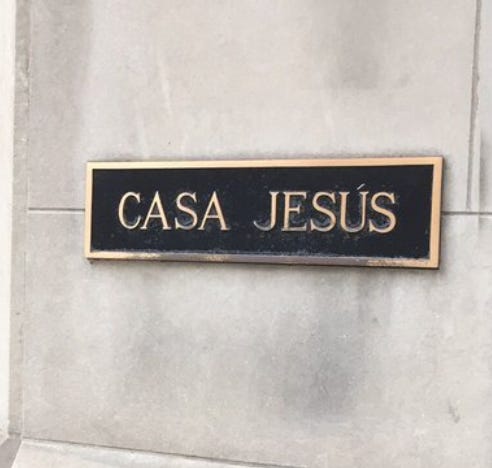Archbishop Casey and Casa Jesus
Cincinnati's new archbishop has declined question about his time leading a controversial formation house
The incoming Archbishop of Cincinnati has declined to discuss his term as the rector of a controversial Chicago formation house shuttered by Cardinal Blase Cupich in 2016.
There is no indication that Archbishop-elect Robert Casey is implicated in a long pattern of misconduct …

